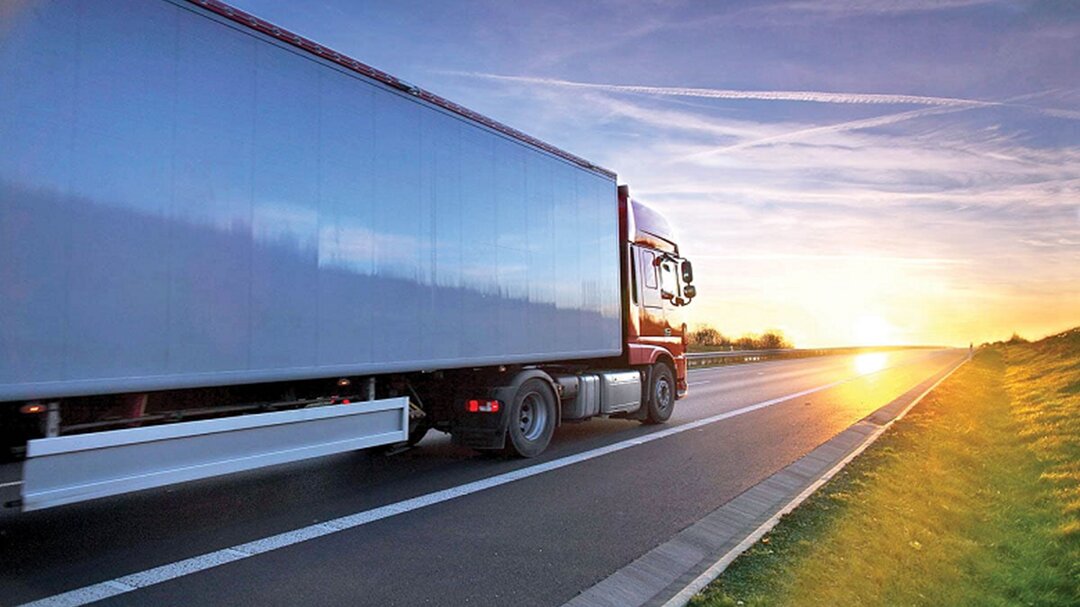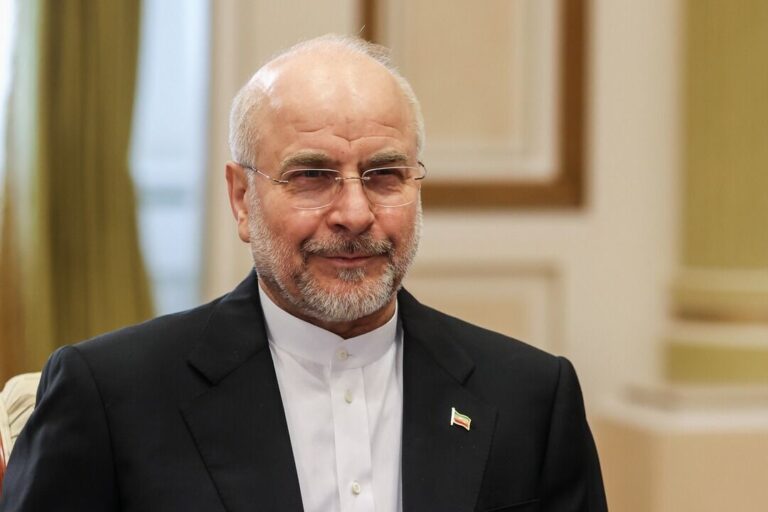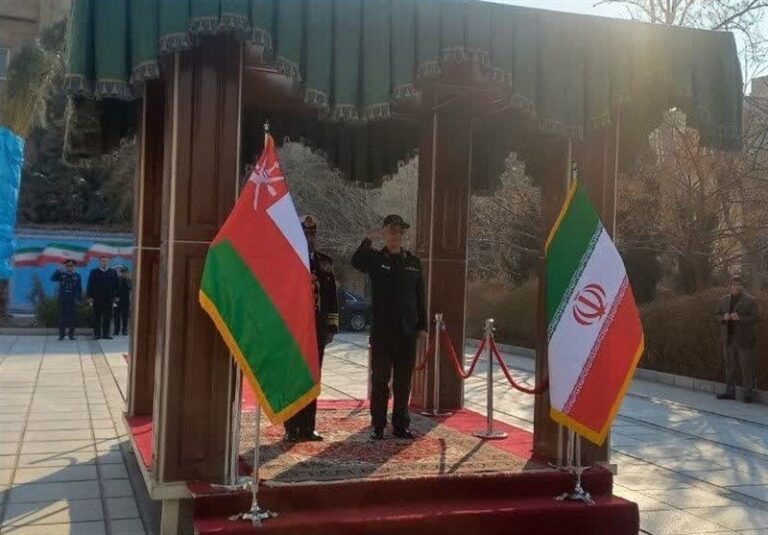Iran’s Rail Transit Surges to 5 Million Tons in Just One Year, Reports CEO
In a significant development for Iran’s transportation sector, Jabbar Ali Zakeri, the deputy minister of roads, has announced that the country’s rail transit volume is set to reach an impressive eight million tons by the end of the current Iranian calendar year, which concludes on March 20, 2026.
Zakeri emphasized the importance of enhancing the transit industry, stating that this growth would not only bolster the domestic economy but also generate much-needed foreign exchange. He further highlighted that the long-term vision for Iran’s transit capacity aims to achieve a remarkable 40 million tons upon the completion of crucial infrastructure projects, including the East-West and North-South corridors.
Key Highlights from the Deputy Minister’s Announcement
- Projected Rail Transit Volume: The rail transit volume is expected to hit eight million tons before March 20, 2026.
- Long-term Goals: Aiming for a total transit capacity of 40 million tons.
- Infrastructure Development: Completion of the East-West and North-South corridors is essential for achieving long-term goals.
- Upcoming Contracts: Two major contracts related to locomotives are anticipated to be unveiled within the next two months.
The deputy minister’s insights underline a transformative period for Iran’s rail sector, which is poised to play a pivotal role in shaping the country’s economic landscape. As the nation invests in infrastructure and logistics, the ripple effects will likely be felt across various industries, enhancing trade and connectivity not just within Iran but also with neighboring countries.
Moreover, Zakeri’s mention of upcoming contracts in the locomotive sector indicates a strategic push towards modernization and efficiency in rail transport, ensuring that the infrastructure keeps pace with the increasing demand for transit services.
The Importance of Rail Transit Development
Rail transit development is crucial for several reasons:
- Economic Growth: Increased transit capacity can lead to enhanced trade opportunities, driving economic growth.
- Job Creation: Infrastructure projects and expanded transit operations can create numerous job opportunities in various sectors.
- Environmental Benefits: Rail transport is generally more environmentally friendly compared to road transport, reducing overall carbon emissions.
- Improved Connectivity: Enhanced rail networks can improve connectivity between regions, facilitating smoother logistics and transportation.
As Iran sets its sights on boosting its rail transit capabilities, the focus will also be on investing in technology and innovation within the sector. The anticipated contracts for locomotives are a part of this broader strategy to modernize the fleet, which is essential for meeting the demands of an evolving market.
In conclusion, the future of Iran’s rail transit sector looks promising, with strategic developments and significant investments in infrastructure. The projected increase in transit volume reflects a commitment to enhancing the transportation framework, which will ultimately contribute to the nation’s economic resilience and growth.
Stay tuned for further updates as the Iranian government continues to unveil plans and contracts that will shape the future of its rail transit industry.






